

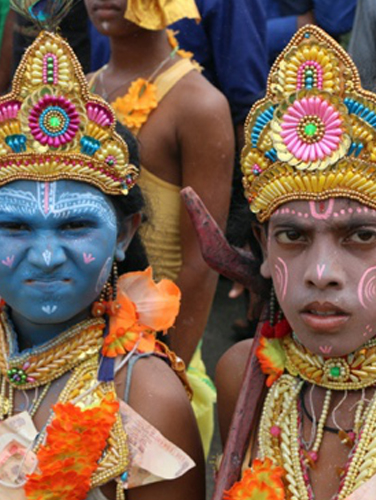
Art in our times is received and consumed in the form of stand-alone objects of aesthetic appreciation, displayed in museums and collected and exchanged in the art market. The film “Darshan” presents an alternative model of artistic production and reception, as an integral part of Indic communitarian spiritual practice. It does this by looking at a number of regional artistic traditions of Hinduism and Buddhism in their living contexts, as practiced in Odisha, Bengal, Tamil Nadu, Rajasthan and Nepal. In these contexts, art is shown to assume a different meaning, that of darshan, or intimate devotional relation facilitated by the act of seeing. The two art worlds, that in which art objects are displayed, bought and sold as individual items of aesthetic enjoyment and that in which objects of beauty are part of a lived communitarian relation with spirituality, have sometimes been segregated in the modern mind as modern and premodern, the modern being the secular norm of our time, and the premodern seen as inferior “folk art,” “craft” or “religion,” belonging to anachronistic and illiterate populations and fated to subordination or obsolescence. Darshan, the film, challenges this perception, showing the ways in which these vital living traditions continue in our times and how they have changed to become relevant, blurring the boundaries between religions, genres, media, cultures and between modernity and tradition.
 Vikram Zutshi is a filmmaker, author and cultural critic. After a career in indie film and network television, and later in international sales/acquisitions, he went solo and transitioned into directing.
His debut feature, Max Kennedy and the American Dream, filmed largely in Mexico and California, has been globally broadcast and is available on various streaming platforms.
Apart from Darshan, he has recently completed Tijuana Dreams, a documentary on one of the most volatile issues of our time: immigration, human trafficking and the migrant crisis on the US-Mexico border.
A prolific author, his articles, essays and interviews have appeared in several publications in the United States and South Asia.
Vikram Zutshi is a filmmaker, author and cultural critic. After a career in indie film and network television, and later in international sales/acquisitions, he went solo and transitioned into directing.
His debut feature, Max Kennedy and the American Dream, filmed largely in Mexico and California, has been globally broadcast and is available on various streaming platforms.
Apart from Darshan, he has recently completed Tijuana Dreams, a documentary on one of the most volatile issues of our time: immigration, human trafficking and the migrant crisis on the US-Mexico border.
A prolific author, his articles, essays and interviews have appeared in several publications in the United States and South Asia. 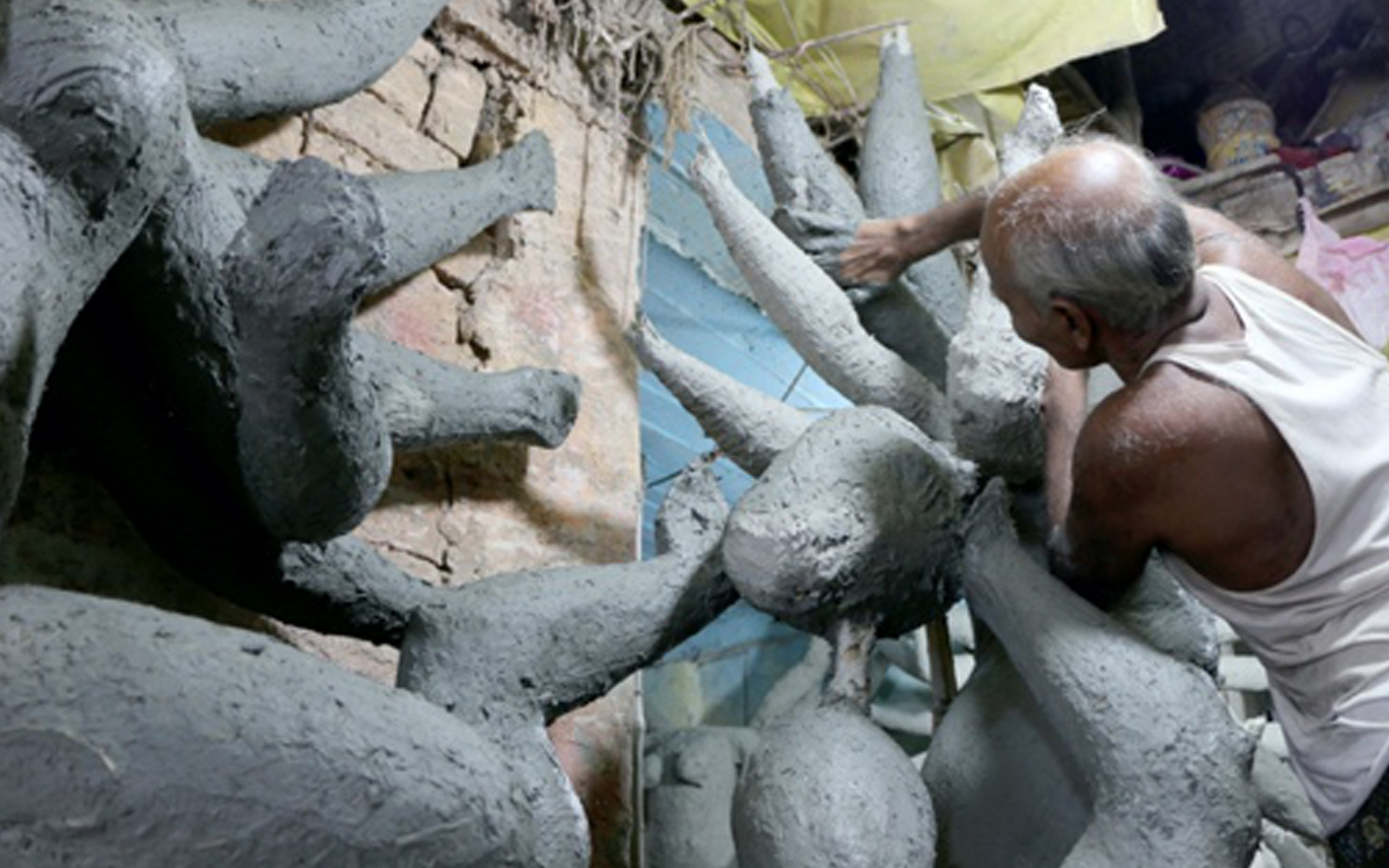
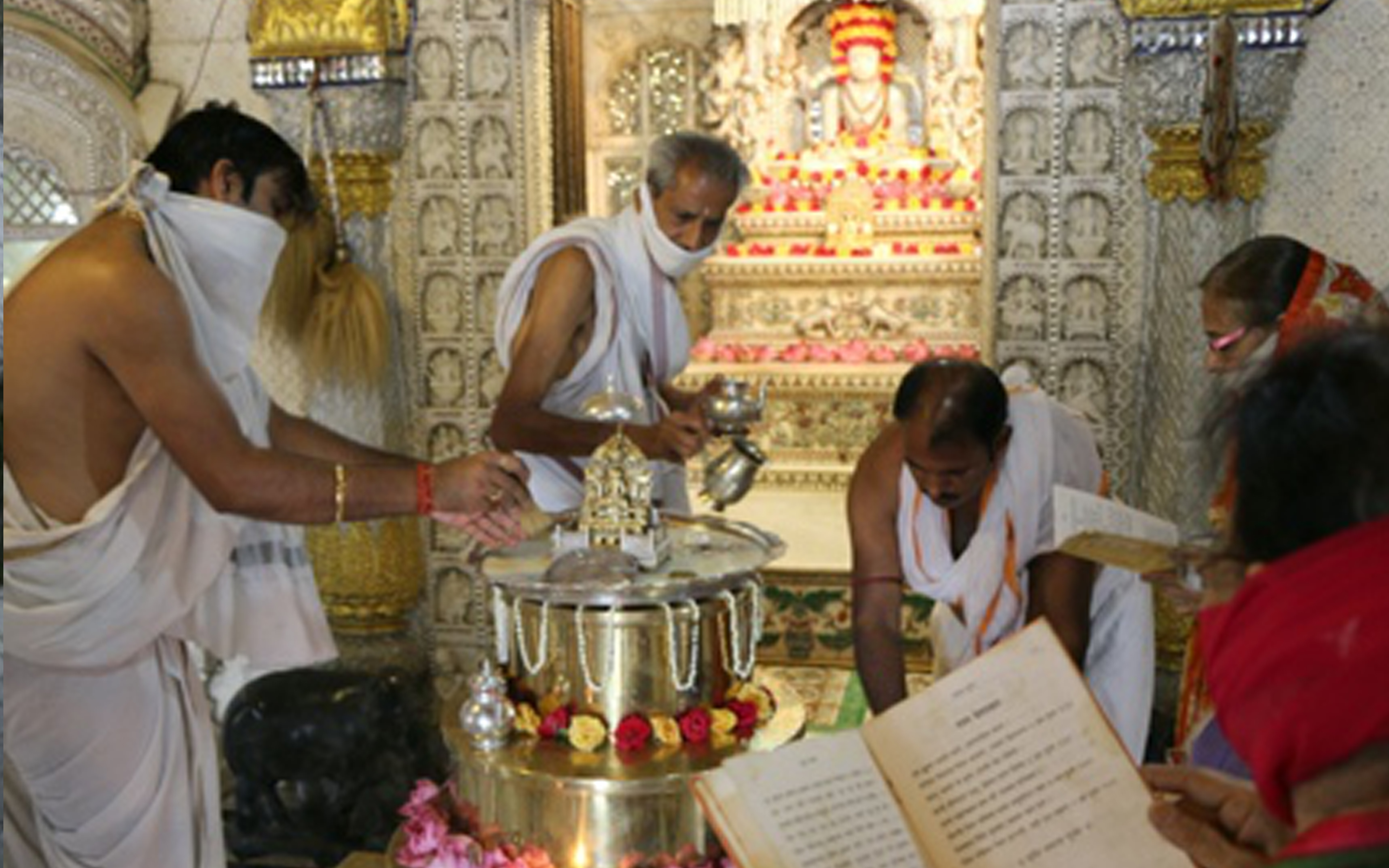
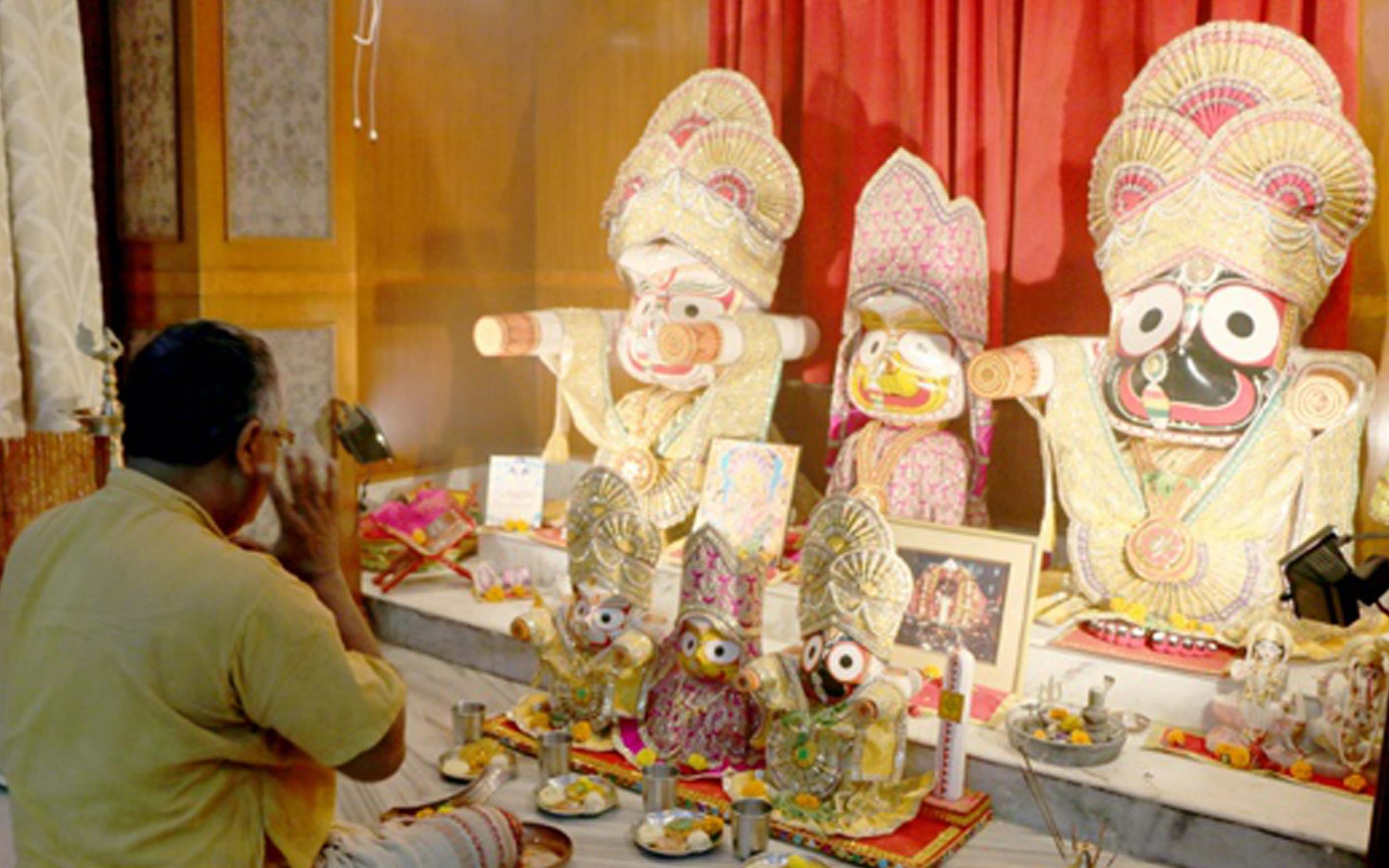
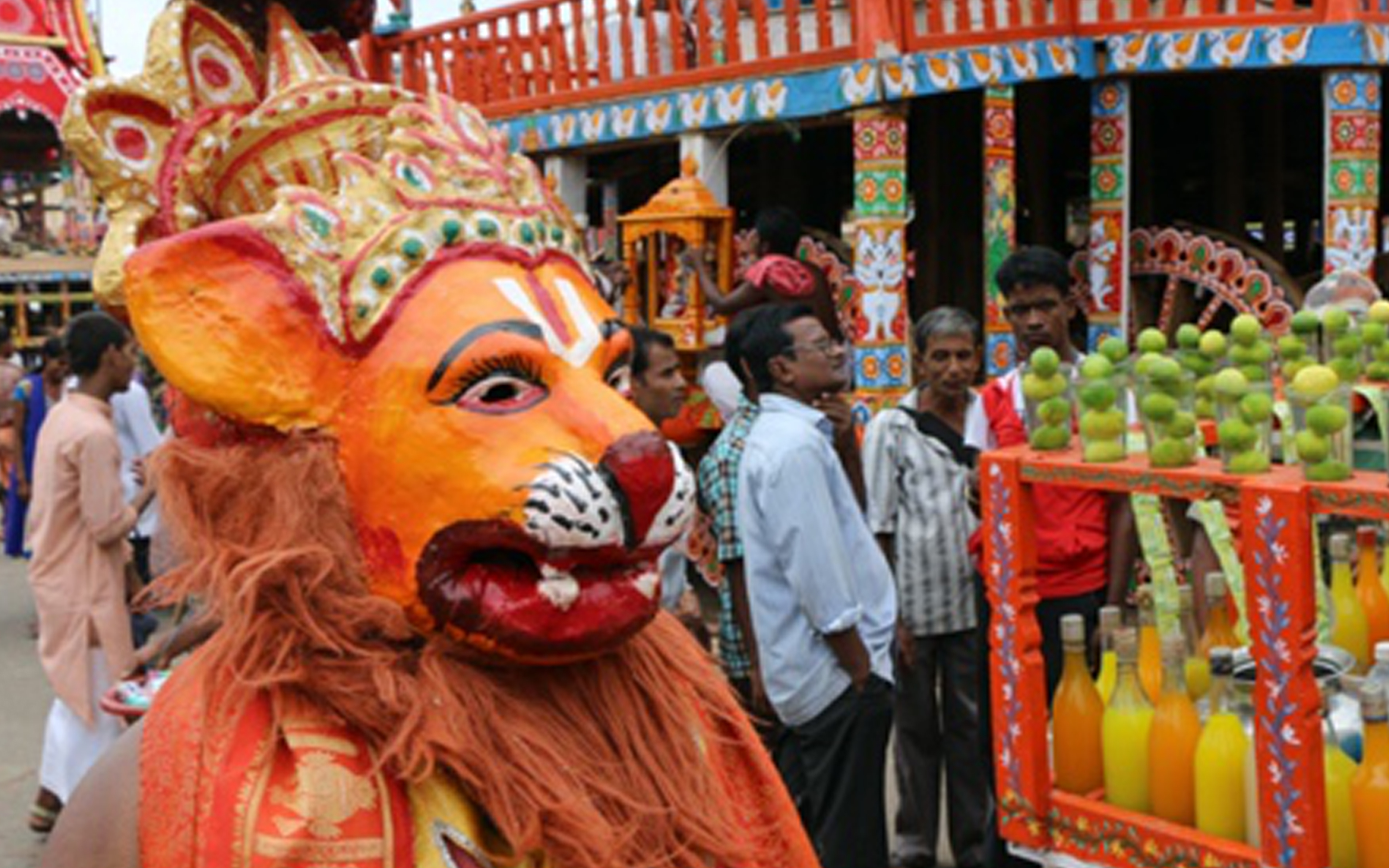
 The New York Indian
Film Festival (NYIFF) is
the oldest, most
prestigious film festival
screening premieres of
feature, documentary and
short films made from, of,
and about the Indian subcontinent in the
Independent, arthouse, alternate and diaspora
genres. Six days of screenings... READ MORE
The New York Indian
Film Festival (NYIFF) is
the oldest, most
prestigious film festival
screening premieres of
feature, documentary and
short films made from, of,
and about the Indian subcontinent in the
Independent, arthouse, alternate and diaspora
genres. Six days of screenings... READ MORE








